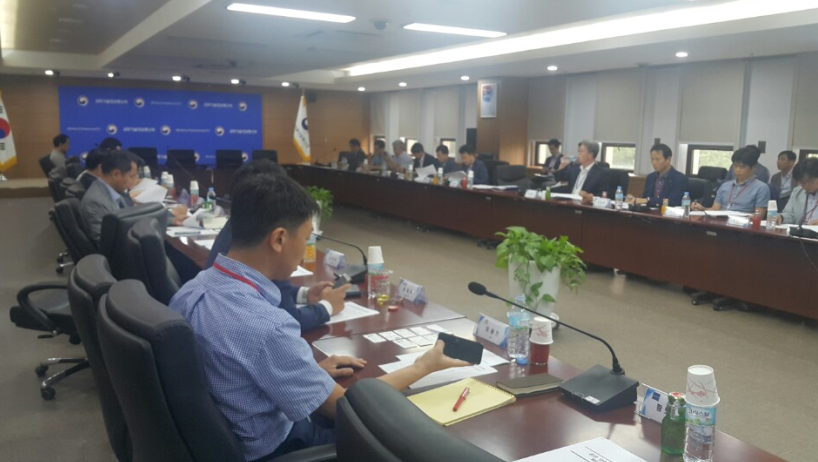In August 2017, Publci WiFi Vision will be released on October
작성일2019.10.05
본문
http://www.etnews.com/20170830000046

Published: 2017.08.30
The government will set up a public wi-fi blueprint. The purpose of the council and the working group is to seek mid- to long-term development directions as public services.
The Ministry of Science and Technology (MIC) held its first public wi-fi extension working group consisting of 25 experts from industry, academia, industry and government. We discussed the plans, technologies, and service models for efficient public Wi-Fi deployment. The company plans to set up a mid- to long-term roadmap by October.
The working group also operates the public wi-fi council as a concept. Governments, municipalities, public agencies, and private providers participate. It is expected that the council will play a central role in the expansion of public Wi-Fi, since collaboration between ministries and participation of local governments is essential.
Establishment of public Wi - Fi is one of the national problems to reduce communication costs. The government has announced plans to install 200,000 Wi-Fi access points (APs) on buses and schools. However, there are many places that need public Wi-Fi. This is why the Ministry of Information and Communication (MIC) has decided to establish an expansion plan.
The Ministry of Information and Communication (MIC) seeks to intensively construct access points (APs) centering on places with a lot of public contact. Public places such as post offices, train stations, airports, and highway rest areas. The first task is to select the areas and places where public Wi-Fi is needed and identify demand.
We also seek technical support measures. In addition to internet leased line and long term bullet (LTE), we will also consider using radio relay frequencies such as TV White Space (TVWS). To reduce operating costs. The Ministry of Information and Communication requested the Korea Radio Promotion Association (RAPA) to review LTE and TVWS technology for public wafers.
You must also decide who will participate in and operate the public Wi-Fi business. Public Wi-Fi 1.0 cost the government and local telecommunications companies one to one. Maintenance was the responsibility of the carrier. The burden on telcos will increase. There is a high voice that the proportion of local governments and public organizations should increase.
According to a government survey, the rate of domestic public Wi-Fi was 8.26 percent last year. Of the total 148,846 public facilities, there are only 12,300 public Wi-Fi locations. Public Wi-Fi is the key to the proliferation of costs. New operating plans, including profitable models, should be prepared. It is also argued that it should be promoted not as a ministry but as a ministry.
"I will expand the public welfare service to provide free Wi-Fi services to the public and contribute to job creation through additional services such as Internet (IoT), mobile advertising, and big data," said Jeon Seong-bae, chief of the Ministry of Information and Communication.
Ahn, Choon Communication Reporter hcan@etnews.com






